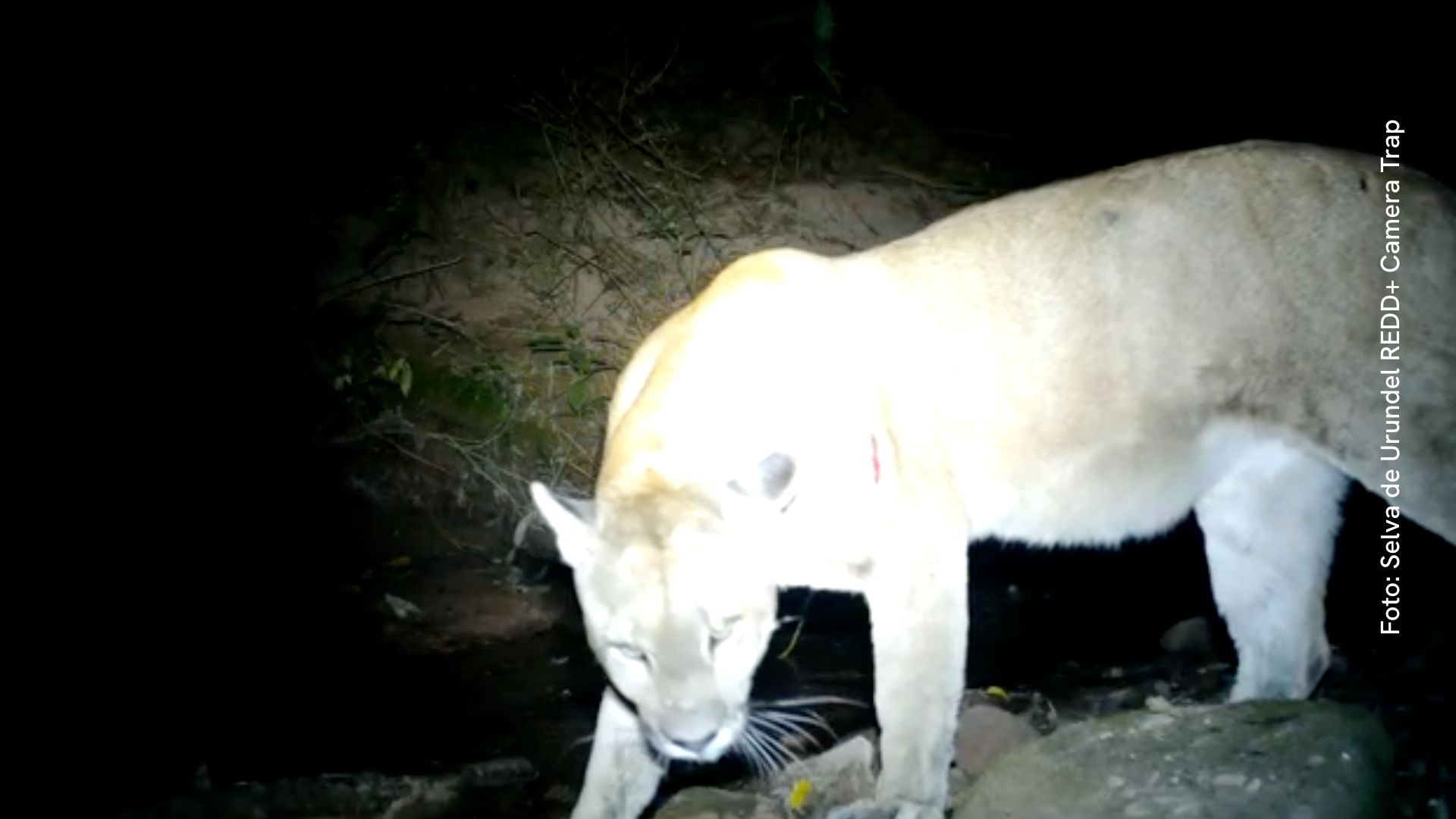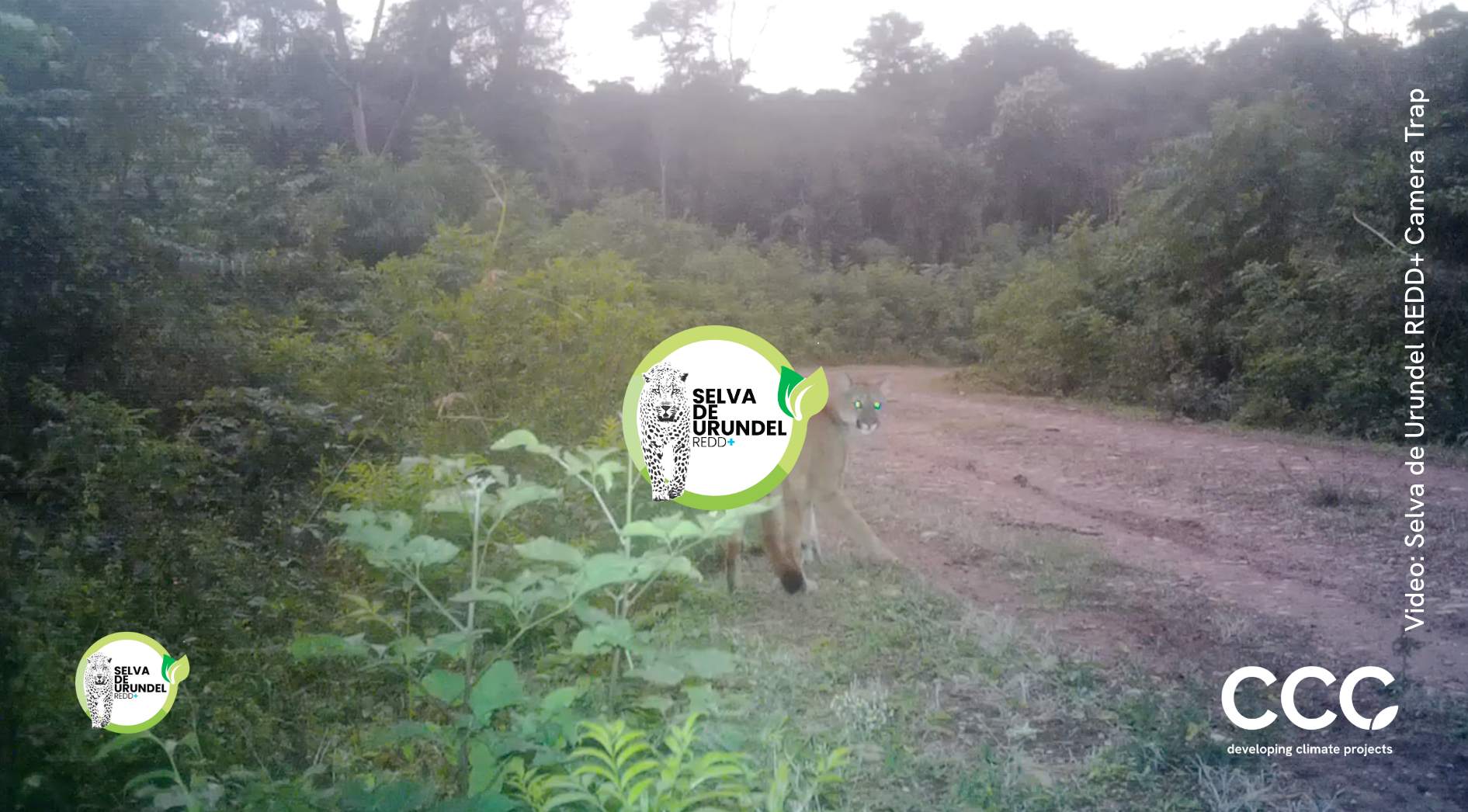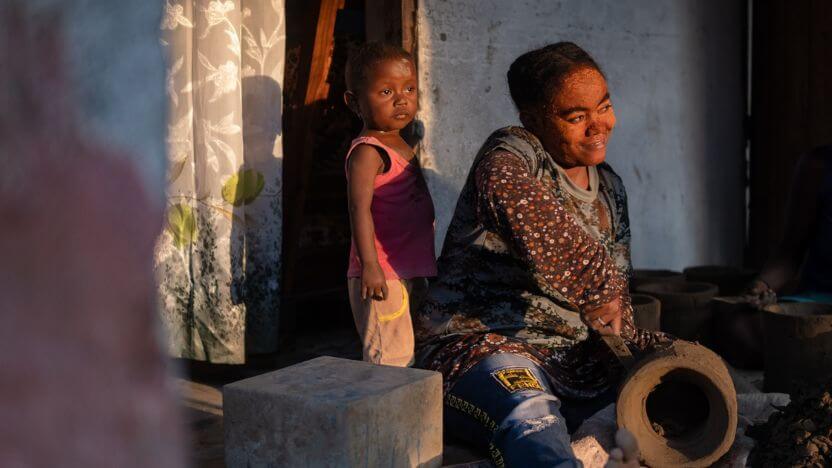
Puma observed within CCC project areas © CCC
The Lion of the Andes
The puma (Puma concolor), also known as the mountain lion or cougar, is one of the most enigmatic and versatile felines on the planet. From the icy mountains of Canada to the tropical forests of Argentina, this predator has managed to adapt to diverse ecosystems, becoming the big cat with the widest distribution in the Americas. It is also the second largest feline in the Americas, only surpassed by the jaguar.
In the Andean highlands it has earned the nickname “The Lion of the Andes”, due to its majesty and its central role as a top predator in the region. It is also called the “Ghost of the Americas”, because of its solitary and elusive behavior that makes it nearly invisible, even in areas where it is relatively common.
Distribution and habitat
The puma covers an impressive geographic range: more than 110 degrees of latitude, from Alaska down to southern Chile and Argentina. It is a master of adaptation, capable of living in temperate forests, Andean mountains, deserts, and even in areas close to human settlements. Its presence is a key indicator of ecosystem health, since as a top predator it maintains balance within food chains.
Conservation status
According to the International Union for Conservation of Nature (IUCN), the puma is classified globally as “Least Concern.” However, this label can be misleading: in several regions, populations have declined drastically due to habitat loss, poaching, and conflict with livestock. In countries like Argentina, camera trap records are essential to understand its real distribution and the status of local populations.
Selva de Urundel: a refuge for the puma
In the yungas of northwestern Argentina, the Selva de Urundel has become a stronghold of hope for the puma. Thanks to the installation of camera traps, the stable presence of this feline has been confirmed in a region threatened by deforestation and agricultural expansion. Each captured image not only proves that the puma is still part of the landscape, but also underscores the importance of protecting these unique biodiversity corridors in South America.
Facts about the puma:
- It is the second largest feline in the Americas, after the jaguar.
- It can leap up to 6 meters (20 feet) vertically and more than 12 meters (40 feet) horizontally, making it one of the best athletes in the animal kingdom.
- Unlike other big cats, the puma cannot roar: it produces whistles, growls, and screams that can resemble a human cry.
- It is a solitary, opportunistic hunter, capable of taking down prey two or three times its size, such as deer or guanacos.
- Its range of distribution even surpasses that of the jaguar, making it the most widespread feline in the continent.
Threats
- Deforestation and habitat fragmentation: forest loss reduces its hunting grounds and increases the risk of conflict with humans.
- Hunting and persecution: in many regions it is seen as a threat to livestock and killed in retaliation.
- Decline of prey species: Overhunting of native prey (such as guanacos, rheas, or deer) limits food availability.
- Loss of genetic diversity: In fragmented populations, isolation can lead to reduced genetic variability and long-term survival problems.
In response to these challenges, REDD+ projects such as Selva de Urundel are vital.
Protecting forests not only captures carbon and slows the pace of climate change, it also safeguards the wild heart of the landscape — a refuge for keystone species like the puma. Equally important are the living corridors of forest that link one valley to another, allowing these great cats to roam freely, find mates, and keep the pulse of genetic diversity alive across generations.
a call to action
The puma is more than just a predator: it is a silent guardian of American ecosystems. Its conservation ensures natural balance, the protection of other species, and the preservation of landscapes that are a heritage for all. Yet its survival depends on protecting the forests it calls home.
Puma sighted in Selva de Urundel REDD+ project © CCC
Puma conservation through our REDD+ projects
Biodiversity conservation is one of our fundamental pillars. Since 2019, we work to safeguard more than 50,000 hectares of native forest in the Amazon rainforest through the Western Amazon Grouped REDD+ project. Our focus is on creating effective strategies to curb the expansion of unsustainable agriculture, a factor that seriously threatens wildlife habitat.
In 2021, we took a significant step by initiating the activities of the first REDD+ project in Argentina, Selva de Urundel, where we protect more than 40,000 hectares of native forest in the Yungas. In active collaboration with local communities and in close cooperation with national parks, we strive to prevent fires, end deforestation and combat illegal activities, such as hunting.
Our work in these ecosystems is not limited to preservation, but also includes a thorough survey of wildlife and field sampling. This research has significantly enriched our understanding of biodiversity in these regions, strengthening our conservation efforts and enabling us to more effectively protect the valuable biological diversity that characterizes these areas, so essential to wildlife development.
Likewise, we seek to expand our projects with the aim of creating biological corridors, which allow wildlife to move freely in a safe environment conducive to their natural development.
Within our conservation activities, we emphasize the installation of camera traps that allow us to monitor wildlife. Our technicians work hard, going deep into the forest to collect valuable material. Thanks to these cameras, we have had the privilege of spotting the majestic puma, which underscores the immense importance of preserving these ecosystems.

Insights
Discover stories, research, and updates
Camera Traps
16/09/2025
Camera Trap: The Puma
Community voices
09/06/2025
Women's Emancipation Through Efficient Cooking Systems

